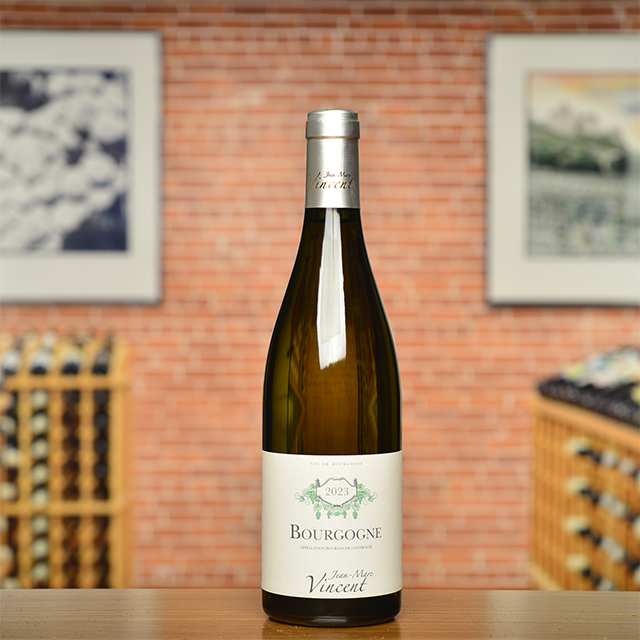Notify me
2018 Savennières “Cuvée Spéciale”
Château d’Épiré
In his book Adventures, Kermit outlines the magic of old-school Savennières, aged in chestnut casks. The rise of stainless steel sadly put many such coopers out of business, but fortunately the team at Château d’Épiré can still count on one reliable chestnut purveyor. This material is an excellent match for schist-born Chenin Blanc, as it accentuates the wine’s stony austerity without imparting any woody flavor. The 2018 blend also includes a couple barrels each of acacia, highlighting Chenin’s subtle floral tendencies, and old oak, exalting its fleshy structure with nary a hint of vanilla or toast. With a rigid backbone of acidity and a bone-dry finish recalling fresh walnuts, this is quintessential Savennières.
—Anthony Lynch
| Wine Type: | white |
| Vintage: | 2018 |
| Bottle Size: | 750mL |
| Blend: | Chenin Blanc |
| Appellation: | Savennières |
| Country: | France |
| Region: | Loire |
| Winemaker: | Luc Bizard |
| Vineyard: | Planted in 1989, 1.5 ha |
| Soil: | Schist |
| Aging: | Ages for about 6 months sur lie in very old chestnut demi-muids |
| Farming: | Lutte Raisonnée |
| Alcohol: | 13.5% |
More from this Producer or Region
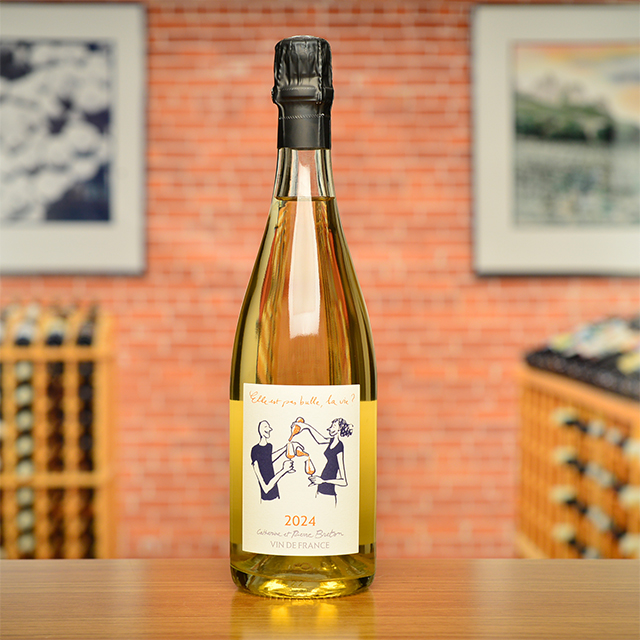
2024 Vin de France Brut Nature “Elle est pas bulle la vie?”
France | Loire
Delicious and honest naturally sparkling Chenin, bottled with no dosage and no sulfur.
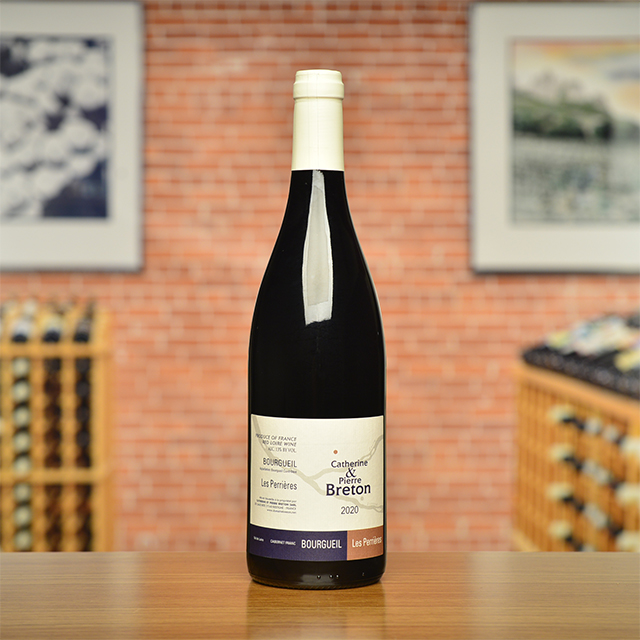
2020 Bourgueil “Les Perrières”
France | Loire
The family’s grandest wine, a brooding elixir of satiny fruit, cedar, and graphite.

2024 Savennières “Cuvée Spéciale”
France | Loire
Powerful, cellar-worthy dry Chenin aged in chestnut, oak, and acacia.

2024 Chinon Rosé
France | Loire
Matthieu Baudry captures both youthful fruit and energizing mineral textures with this rosé.

2021 Saumur-Champigny “Les Mémoires”
France | Loire
Sourced from 110+ year-old vines, this is hands-down one of the best Cab Francs being made in the Loire Valley today.
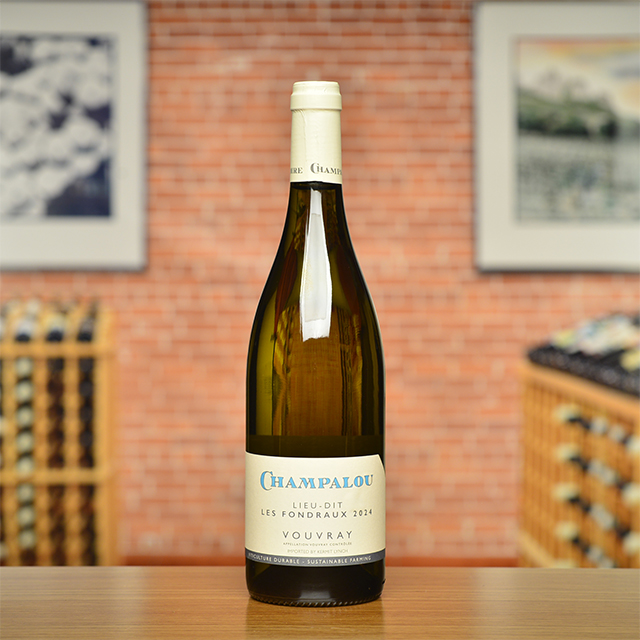
2024 Vouvray “Les Fondraux”
France | Loire
The contrast of ripe, succulent Chenin Blanc fruit with a spike of flinty minerality is like licking honey off an arrowhead.
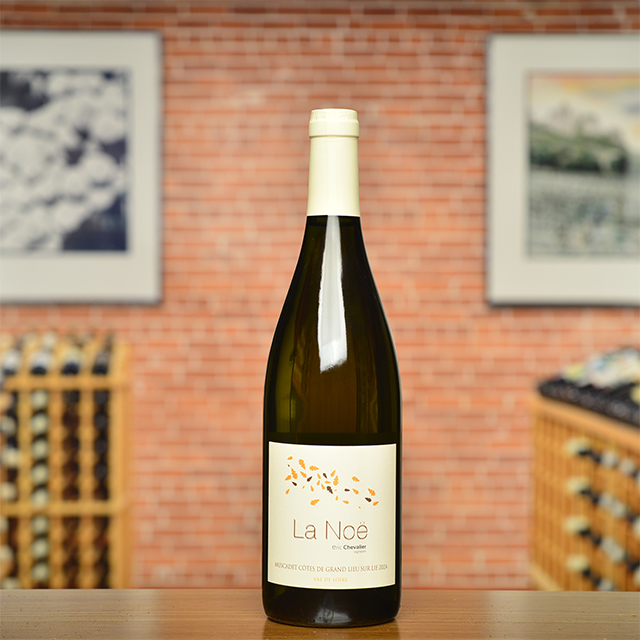
2024 Muscadet Côtes de Grand Lieu sur lie “La Nöe”
France | Loire
At first, it is streamlined, saline, and full of lemon. Then the granite terroir kicks in...

2024 Vouvray “La Dilettante”
France | Loire
Delicate, precise, and succulent at the same time, this beautiful blanc will pair well with fresh seafood and light summer salads and pastas.
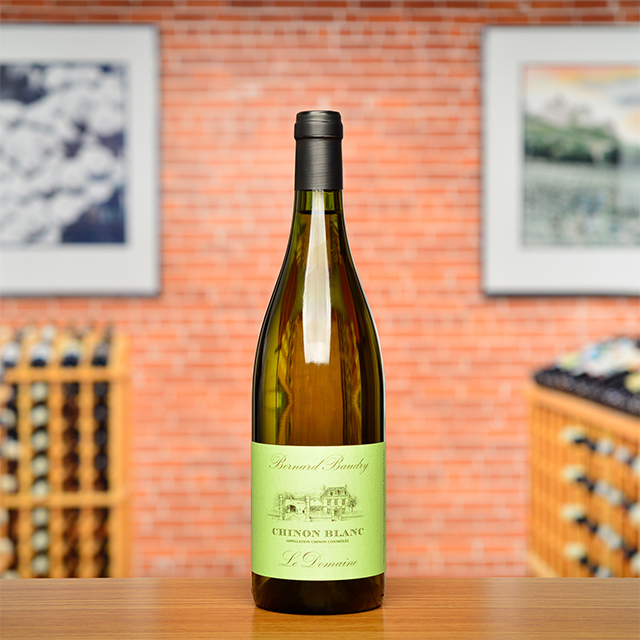
2023 Chinon Blanc
France | Loire
A rare Chenin Blanc from the land of Cabernet Franc. Ultra fresh and brimming with citrus blossom and orchard fruit notes, it has a saline, mineral finish that leaves my palate simultaneously satisfied and begging for more. Try it with fresh trout, grilled whole topped with chimichurri or smoked and tossed into a Niçoise salad.

2021 Vin de France Rosé Grolleau/Cabernet Franc “Les Arceaux”
France | Loire
Intensely dry and mineral, the structured Les Arceaux is a bottle to pair with a meal rather than to drink as an apéritif.
About The Region
Loire

The defining feature of the Loire Valley, not surprisingly, is the Loire River. As the longest river in France, spanning more than 600 miles, this river connects seemingly disparate wine regions. Why else would Sancerre, with its Kimmeridgian limestone terroir be connected to Muscadet, an appellation that is 250 miles away?
Secondary in relevance to the historical, climatic, environmental, and cultural importance of the river are the wines and châteaux of the Jardin de la France. The kings and nobility of France built many hundreds of châteaux in the Loire but wine preceded the arrival of the noblesse and has since out-lived them as well.
Diversity abounds in the Loire. The aforementioned Kimmeridgian limestone of Sancerre is also found in Chablis. Chinon, Bourgueil, and Saumur boast the presence of tuffeau, a type of limestone unique to the Loire that has a yellowish tinge and a chalky texture. Savennières has schist, while Muscadet has volcanic, granite, and serpentinite based soils. In addition to geologic diversity, many, grape varieties are grown there too: Cabernet Franc, Chenin Blanc, Sauvignon Blanc, and Melon de Bourgogne are most prevalent, but (to name a few) Pinot Gris, Grolleau, Pinot Noir, Pineau d’Aunis, and Folle Blanche are also planted. These myriad of viticultural influences leads to the high quality production of every type of wine: red, white, rosé, sparkling, and dessert.
Like the Rhône and Provence, some of Kermit’s first imports came from the Loire, most notably the wines of Charles Joguet and Château d’Epiré—two producers who are featured in Kermit’s book Adventures on the Wine Route and with whom we still work today.
More from Loire or France
Vouvray Brut
Champalou France | Loire
2022 Jasnières “Dyane”
Christine de Mianville France | Loire
2024 Vin de France Brut Nature “Elle est pas bulle la vie?”
Catherine & Pierre Breton France | Loire
2020 Chinon “Clos du Chêne Vert”
Charles Joguet France | Loire
2020 Vin de France Rouge Grolleau/Cabernet Franc “Clandestine”
Grange Saint Sauveur France | Loire
2024 Vouvray “Les Fondraux”
Champalou France | Loire
2022 Chinon “Le Domaine”
Bernard Baudry France | Loire
2023 Chinon “Les Grézeaux”
Bernard Baudry France | Loire
2022 Saumur Champigny “Terres Chaudes”
Thierry Germain France | Loire
2020 Muscadet Sèvre et Maine Clisson “La Molette”
Domaine Michel Brégeon France | Loire
2024 Menetou-Salon Blanc “Le Prieuré”
Prieuré de Saint Céols France | Loire
2024 Reuilly “Les Pierres Plates”
Domaine de Reuilly France | Loire
Vouvray Brut
Champalou France | Loire
2022 Jasnières “Dyane”
Christine de Mianville France | Loire
2024 Vin de France Brut Nature “Elle est pas bulle la vie?”
Catherine & Pierre Breton France | Loire
2020 Chinon “Clos du Chêne Vert”
Charles Joguet France | Loire
2020 Vin de France Rouge Grolleau/Cabernet Franc “Clandestine”
Grange Saint Sauveur France | Loire
2024 Vouvray “Les Fondraux”
Champalou France | Loire
2022 Chinon “Le Domaine”
Bernard Baudry France | Loire
2023 Chinon “Les Grézeaux”
Bernard Baudry France | Loire
2022 Saumur Champigny “Terres Chaudes”
Thierry Germain France | Loire
2020 Muscadet Sèvre et Maine Clisson “La Molette”
Domaine Michel Brégeon France | Loire
2024 Menetou-Salon Blanc “Le Prieuré”
Prieuré de Saint Céols France | Loire
2024 Reuilly “Les Pierres Plates”
Domaine de Reuilly France | Loire
Where the newsletter started

Where the newsletter started
Every three or four months I would send my clients a cheaply made list of my inventory, but it began to dawn on me that business did not pick up afterwards. It occurred to me that my clientele might not know what Château Grillet is, either. One month in 1974 I had an especially esoteric collection of wines arriving, so I decided to put a short explanation about each wine into my price list, to try and let my clients know what to expect when they uncorked a bottle. The day after I mailed that brochure, people showed up at the shop, and that is how these little propaganda pieces for fine wine were born.—Kermit Lynch


